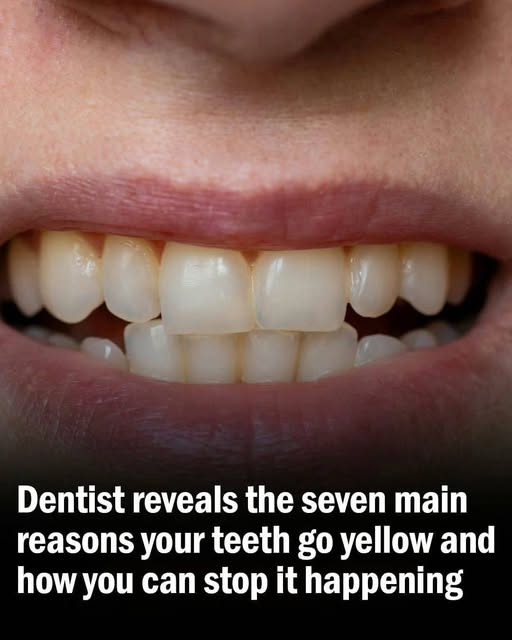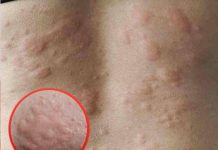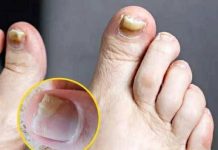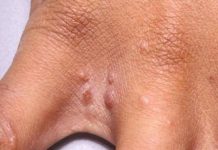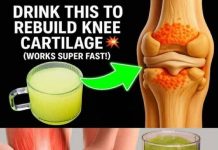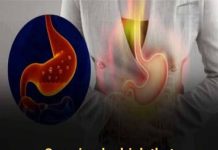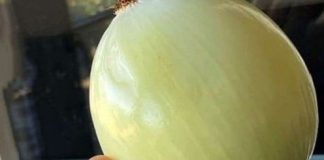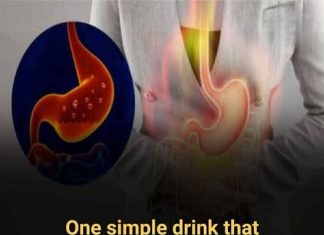Teeth are rarely purely white—what shows as a “yellowish” hue often comes from the layer beneath the enamel called dentin. As the protective enamel thins from wear or aging, that yellow-tinted dentin becomes more visible. Yellowing can stem from both external causes (stains on the surface) and internal causes (changes within the tooth structure).
External Causes: Habit and Lifestyle Factors
Dietary choices play a big role. Beverages like coffee, tea, red wine and dark sodas contain pigments that cling to enamel. Foods with heavy coloration—berries, tomato sauce, curry—also contribute. Tobacco use (smoking or chewing) deposits tar and nicotine that lead to brownish-yellow stains deep in enamel pores. Poor oral hygiene leaves plaque and tartar, which trap discoloring substances and can make even normally white teeth appear dull or yellow. Acidic exposure from foods, drinks or conditions (like acid reflux) can erode enamel, making the dentin layer more visible and accelerating yellowing.
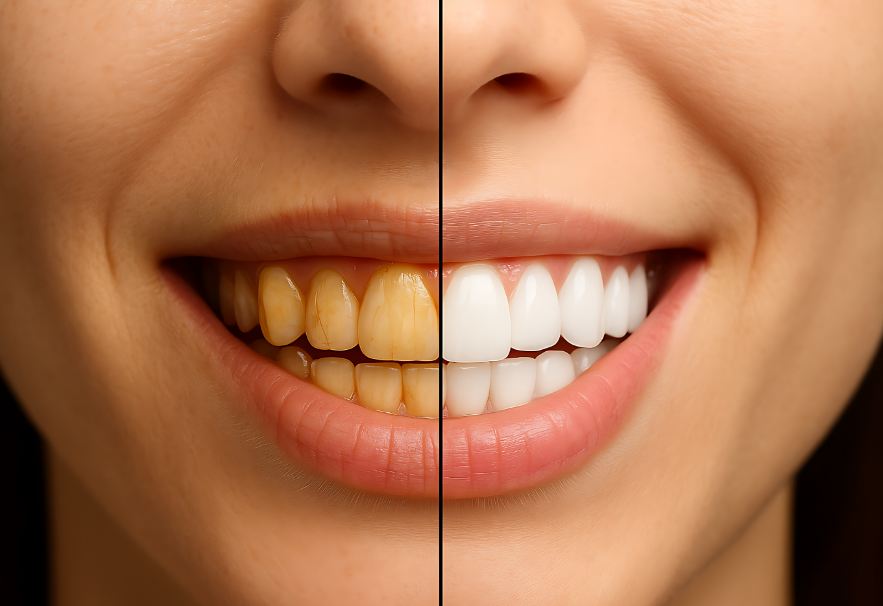
Internal Causes: What’s Going On Beneath the Surface
Enamel thinning and wear: Over time, chewing, grinding, and general use cause enamel to wear down. Once the enamel gets thin, the dentin underneath shows through, giving a yellow-tinted appearance.
Genetics and natural variation: Some people naturally have thinner enamel or a deeper yellow-toned dentin. That means their teeth may appear more yellow even without heavy staining.
Medications, health conditions & trauma: Antibiotics taken during childhood (such as tetracycline), chemotherapy, dental trauma and some metabolic diseases can cause discoloration from inside the tooth. Fluorosis or excess fluoride exposure: Over-exposure to fluoride during childhood development can lead to yellow or brownish spots or mottled enamel that appears yellowing.
Prevention and Management: What Can Be Done
Stick to good oral hygiene: Brushing at least twice a day, flossing daily, and regular dental cleanings help remove surface stains and plaque before they embed. Limit stain-producing foods and drinks, or rinse with water after consuming them; use a straw when possible. Quit or reduce tobacco use—one of the most effective changes to prevent further yellowing. Use whitening and cosmetic options: For staining that is mostly on the surface, professional whitening or at-home treatments may help. For deeper intrinsic stains, veneers or bonding may be necessary. Be aware of natural limits: Some yellowing is due to natural dentin color, age, or genetics. In such cases, “pure white” may not be achievable—but a healthy, brighter smile is still possible with proper care.
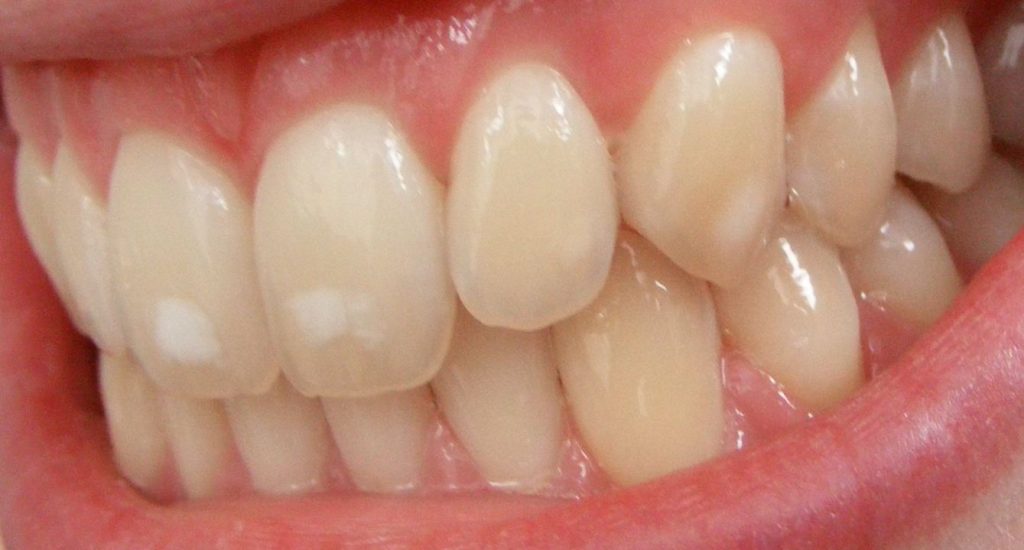
When to Consult a Dentist
If discoloration is sudden, isolated to one tooth, or accompanied by pain, sensitivity or other symptoms, it’s important to seek professional evaluation. Internal issues like nerve damage or trauma may be at play.
Final Thought
Yellowing of teeth is rarely just about appearance—it often reflects a mix of lifestyle habits, age-related changes, and underlying dental health. While not all yellowing can be fully reversed, many effective steps can improve the situation: good hygiene, lifestyle changes, and dental support. Understanding the root causes allows for informed choices and a confident smile. Be aware of natural limits in some cases pure white may not be achievable.

